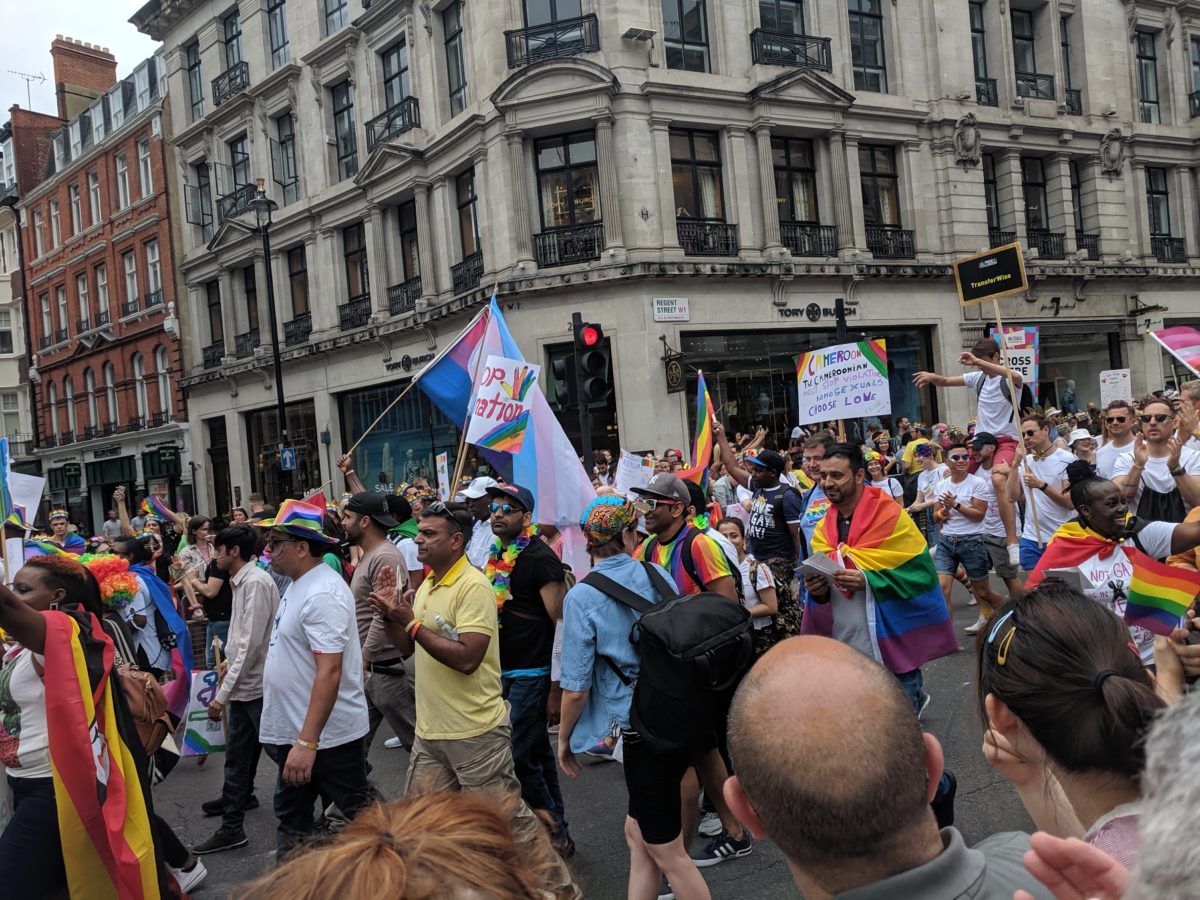We can be better
The virus pandemic has created new threats and opportunities but also put on hold some important work, including our response to climate change. Before the crisis I began exploring ways to make my environmental activism more inclusive.
From years of work as a campaigner I’d noticed that mainstream environmental activism was visibly white and the discourse it was having often referred to costs of environmental pollution and climate change falling disproportionately amongst BAME communities. But often these conversations sound as if people of colour were not there in the room with us. The reason for this I fear is because they often are not. An example is air pollution in London which affects the poorest and most diverse neighbourhoods more than the others. Repeatedly, and I know I’ve been guilty of this, we’ve failed to amplify the voices of those affected and instead refer to people as if they have no voice.
The Black Lives Matter protests brought all this back to the foreground of my thinking.
A mistake, to my mind, of environmental campaigning and its attempts to become more diverse, has been to tentatively invite black and minority ethnic people into the world of paid campaigning. I say tentatively as barriers to entry remain and the burden of potentially being the only person of colour within an organisation is draining and offputting. Far more work needs to be done to identify, connect with and include campaigners of colour.
But environmental activism has demonstrated it is capable of being inclusive. So much work has been done on gender balance and I’m constantly inspired by the high calabre of women in this sector who now occupy senior roles. This shows we are capable of being better and there is no excuse not to be for people of colour. And before anyone reads this the wrong way, I’m not saying there are no people of colour in mainstream environmental activism. What I’m saying is back when I had a desk to go to when I’d look up and around almost all the people I saw were white. You can’t claim to speak for people you do not include.
As I’ve found in other contexts, when you do not create spaces that are inclusive, the people you claim to want to include will organise without you and have their conversations elsewhere.
Last year I was introduced to The Advocacy Academy, a fellowship organisation for young people in Brixton. I’d hoped I might be able to offer the group some help and guidance on environmental activism. I was naïve and when I found out more about their work I saw that they really didn’t need my help. What I found were bright young activists already acutely aware of the environmental and transport inequality they were living with and taking compelling actions on their own.
I came away from meeting this group inspired and with new ideas in mind. How does mainstream (by which I really mean white) environmental activism connect with, celebrate and find synergy with powerful groups like this? And there will be other groups, I have no doubt about that. Because we incorrectly imagine that people of colour are not campaigning on environmental issues when they do not come forward to join white folks. But the truth is they have created their own spaces where they are unburdened by the limitations of white activism.
Reacting to the virus has diverted me from this, but now I’m ready to make my activism more inclusive and respectful of the work that happens in spaces I’m not part of.
